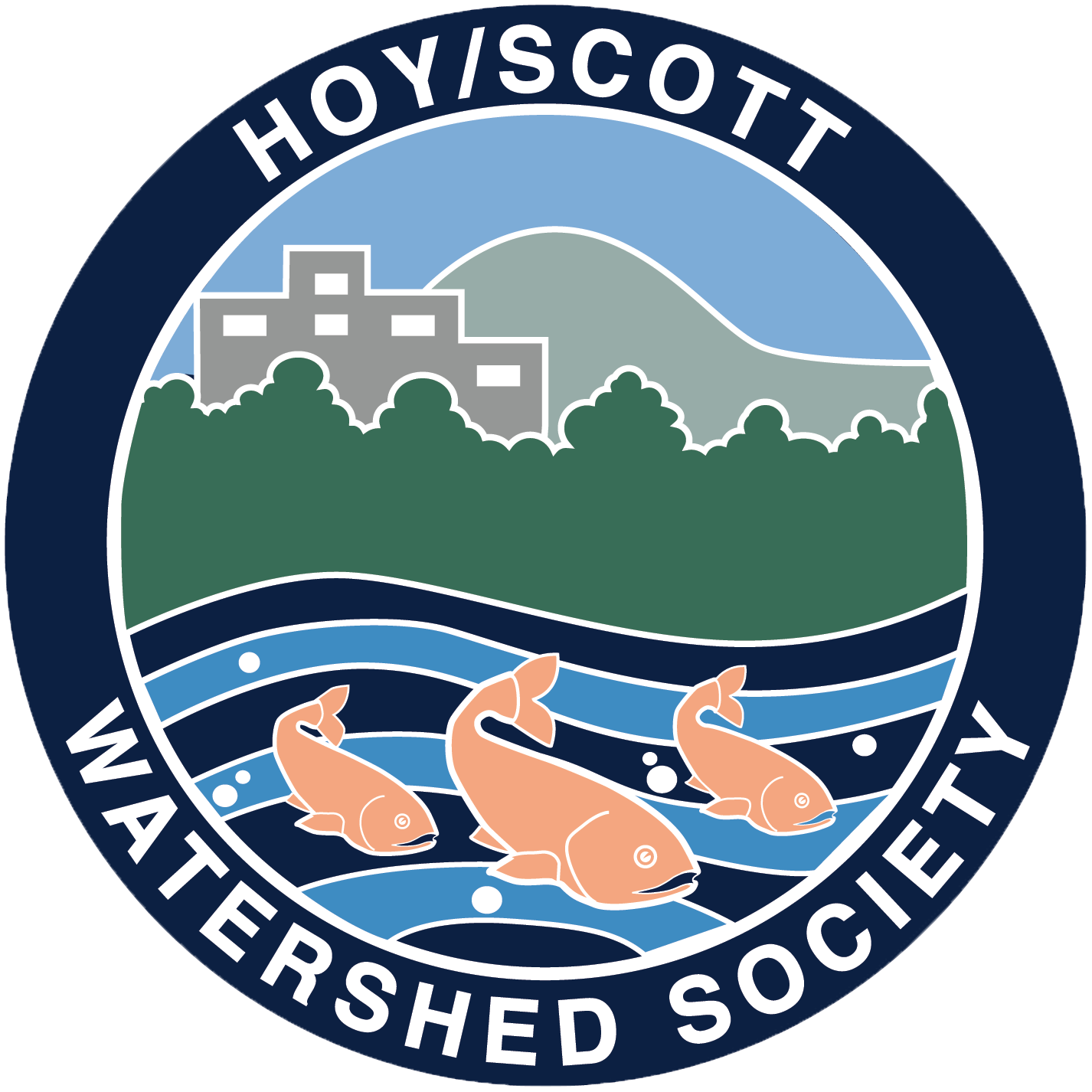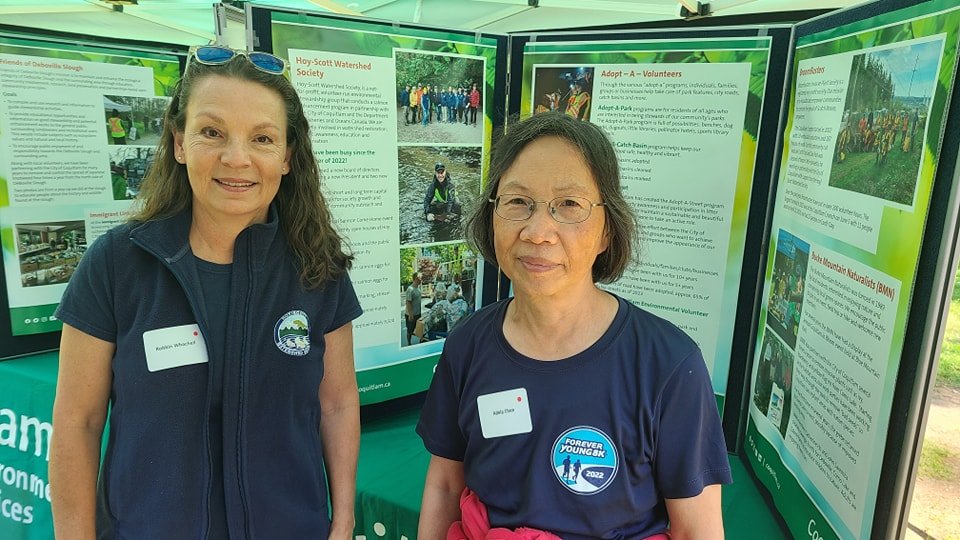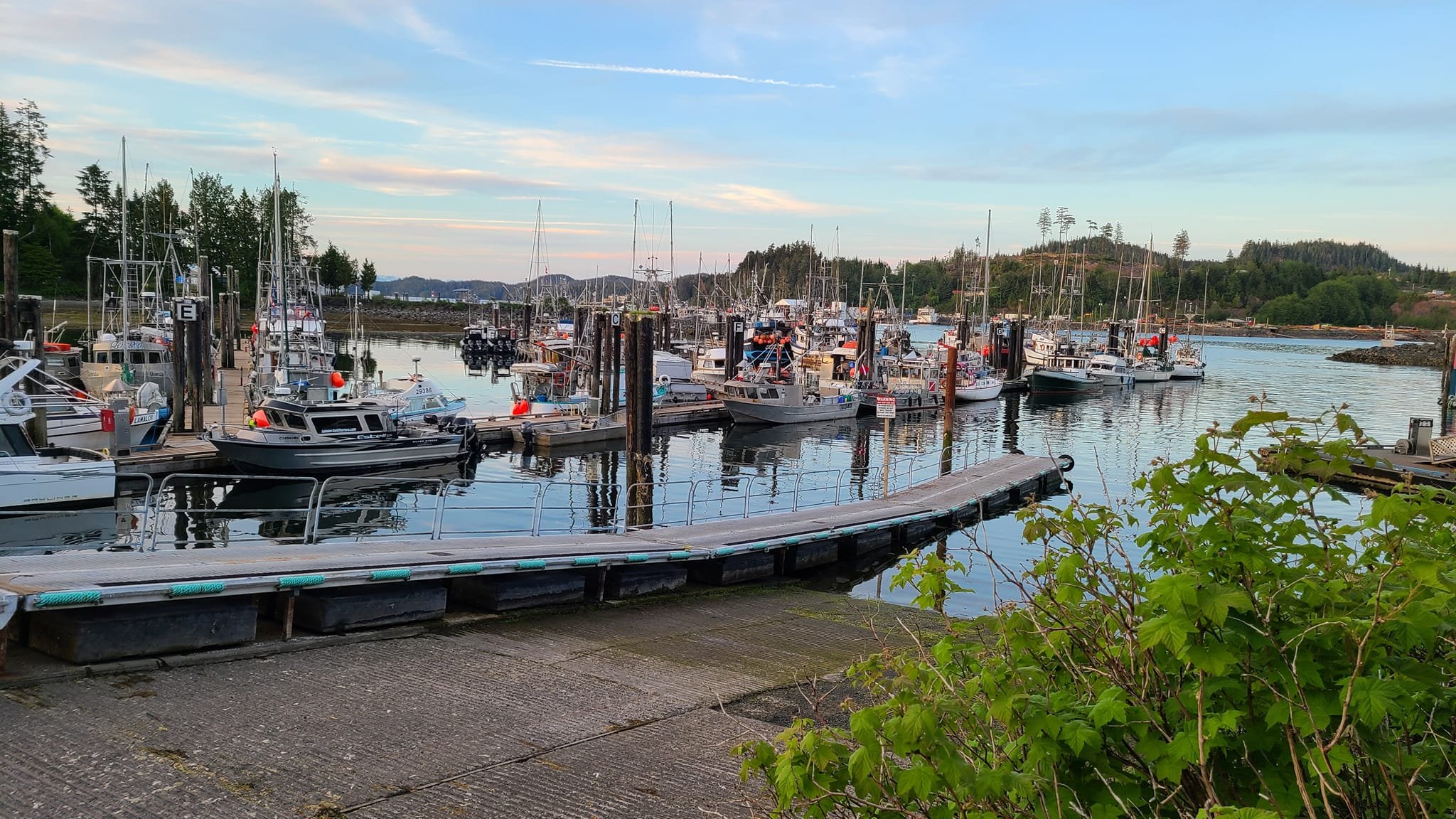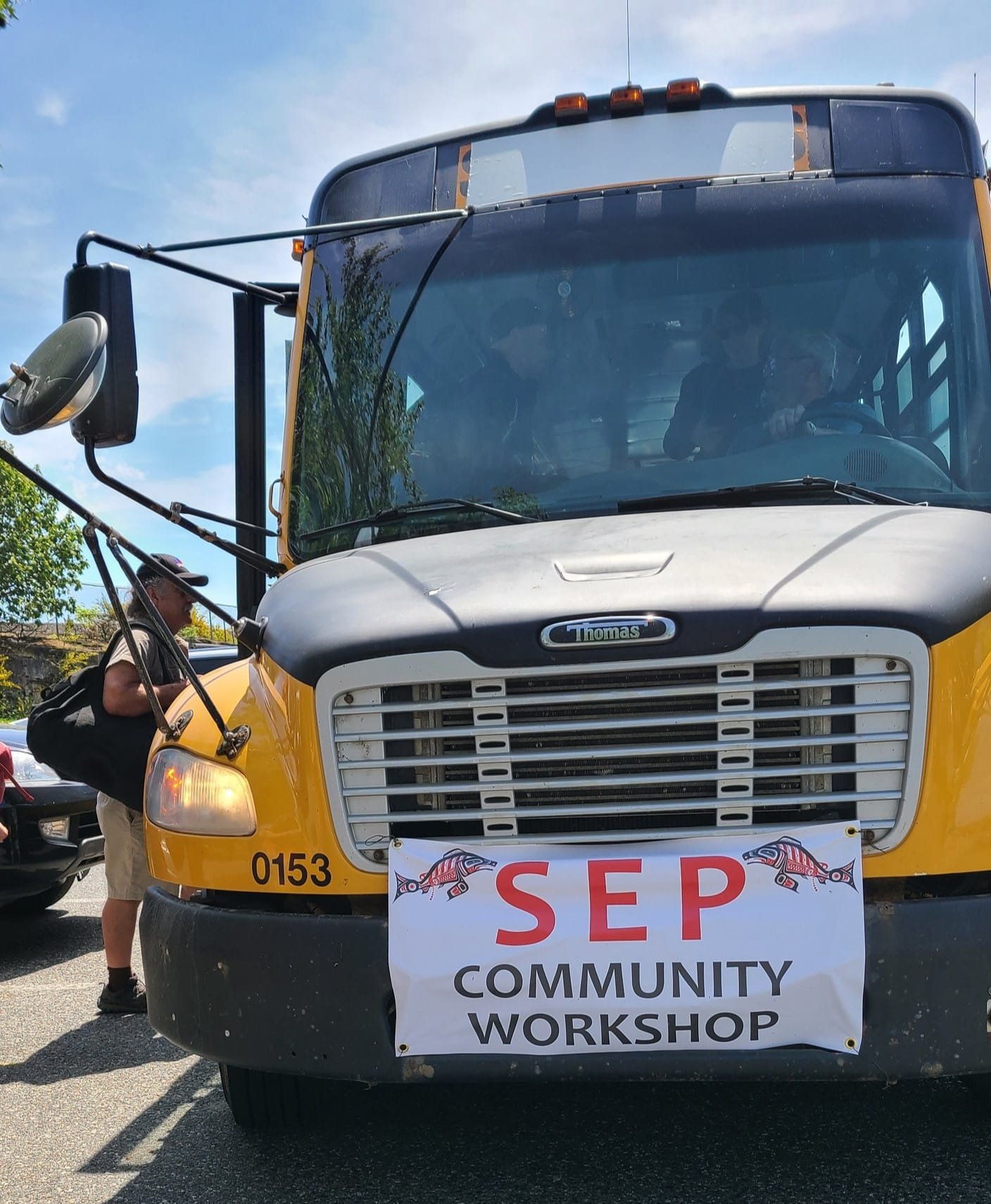Photo taken the morning after the spill.
On the evening of Sept. 13, the Society was notified by a resident that sewage had been spilled into Hoy Creek. She had been walking the trail and smelled and saw it at the Walton Culvert inflow, a common spot where we’ve noticed spills. It feeds from storm drains up the mountain.
It was already dark, but an email was sent to the City to investigate. A Society director went to assess the next morning and a City worker was already on site assessing the situation.
The City environmental protection officer later updated the Society that:
The engineering customer service team had received the report on the evening (Sept. 14), and the next morning their Public Works and Environment crews went to investigate. Staff confirmed (by sight and smell) that there was the presence of fecal matter in the area but they were not able to confirm the source.
The existing boom at the Walton culvert was replaced with a new one, and any residual in the creek outfall was cleaned out. Environment staff had also been doing spot checks in the area that week but had not yet been able to identify the source.
Hoy/Scott Watershed Society would like to thank the resident who called this in.
If you see something or smell something in the streams, say something. Find out who to call by visiting our Contact Page, and it’s very helpful to capture a photo and record the location and time of day.
Photo taken on Sept. 14, the morning after.
The Society would like to remind Coquitlam residents that storm drains lead directly to our waterways, and everyone should exercise caution when disposing of pollutants, which include chemicals used for cleaning hot tubs and pools, etc. Nothing but rainwater should go down storm drains.
If you have information related to this spill, click here.

















